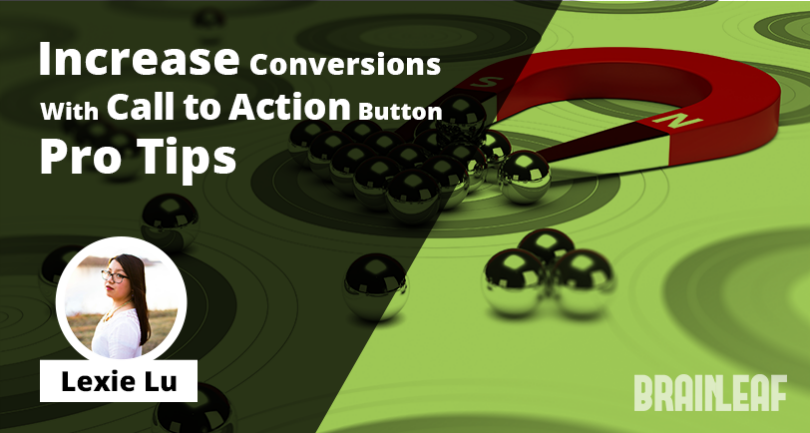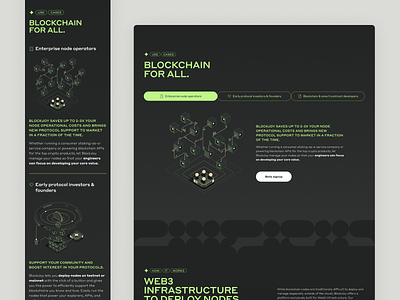
Introduction
Call-to-actions (CTAs) are powerful prompts designed to encourage website visitors to take specific actions. Their effectiveness in digital marketing cannot be overstated. Key aspects include:
- Definition: CTAs guide users toward desired actions, such as signing up, making a purchase, or downloading content.
- Importance: They serve as emotional triggers, prompting immediate responses and engagement from potential customers.
- Impact on Conversion Rates: Strategically placed and compelling CTAs significantly influence website conversions, with some estimates indicating an increase in revenue by up to 83% when optimized correctly.
Understanding the role of CTAs in website conversion sets the stage for leveraging their full potential in your marketing strategy. One effective way to enhance this strategy is by incorporating smart negative keyword usage into your PPC campaigns, which can further improve conversion rates.
H2: What Is Conversion-Aligned CTAs and Why It Matters
Conversion-Aligned CTAs refer to calls-to-action that are specifically crafted to match the intent of the user at different stages of their journey. Rather than using generic or one-size-fits-all messaging, these CTAs are tailored to reflect what the user is looking for—whether it’s information, a product, or a service.
This approach is especially important in today’s evolving search landscape, where Google and other platforms increasingly prioritize user intent over keyword stuffing. According to a study by HubSpot, 75% of users don’t scroll past the first page of search results, making it critical to ensure your CTAs align with what they’re seeking.
For example, if a user searches for “best travel rewards cards,” a CTA like “Compare Cards” is more effective than “Sign Up Now.” The former matches the user’s intent to research, while the latter may come across as pushy or irrelevant.
In the context of SEO, conversion-aligned CTAs help you meet the expectations of both users and search engines. They contribute to better dwell time, lower bounce rates, and higher engagement metrics—all of which are key signals for search algorithms.
H2: How Conversion-Aligned CTAs Impact SEO Performance
The impact of conversion-aligned CTAs on SEO performance is multifaceted. Here’s how they influence key metrics:
-
Improved Engagement Metrics: When CTAs match user intent, visitors are more likely to engage with your content, leading to longer session durations and reduced bounce rates. These signals are vital for search engines to determine the quality of your site.
-
Enhanced User Experience: A well-aligned CTA improves the overall user experience by guiding users toward the next logical step in their journey. This reduces friction and increases the likelihood of conversions.
-
Better Click-Through Rates (CTR): CTAs that resonate with user intent are more likely to be clicked. For instance, a CTA like “Get Your Free Guide” is more appealing to someone searching for educational content than a generic “Learn More.”
-
Increased Conversions: By aligning CTAs with user intent, you directly drive more qualified traffic to your site, resulting in higher conversion rates. This not only boosts revenue but also reinforces your site’s value to search engines.
-
Stronger E-E-A-T Signals: Content that includes conversion-aligned CTAs demonstrates expertise, experience, authoritativeness, and trustworthiness—key components of Google’s E-E-A-T criteria.
By focusing on alignment between CTAs and user intent, you create a seamless experience that benefits both your audience and your SEO strategy.
H2: Step-by-Step Implementation Framework
Creating conversion-aligned CTAs requires a structured approach. Follow this framework to ensure your CTAs effectively match user intent:
- Define or Audit the Current Situation
- Analyze your existing CTAs to see if they align with user intent.
- Use tools like Google Analytics and heatmaps to understand where users are clicking and what actions they’re taking.
-
Identify gaps where CTAs may be misaligned or ineffective.
-
Apply Tools, Methods, or Tactics
- Conduct keyword research to identify high-intent search phrases.
- Use tools like SEMrush or Ahrefs to analyze competitor CTAs and find opportunities.
- Segment your audience based on intent (informational, navigational, transactional, or commercial).
-
Craft CTAs that speak directly to each segment, using action-oriented language and clear value propositions.
-
Measure, Analyze, and Optimize
- Implement A/B testing to compare different CTA variations.
- Track metrics such as click-through rate (CTR), conversion rate, and bounce rate.
- Use data to refine your CTAs over time, ensuring they continue to align with user intent.
- Regularly update CTAs based on changes in user behavior and market trends.
By following this process, you can create CTAs that not only drive conversions but also improve your overall SEO performance.
H2: Real or Hypothetical Case Study
Let’s look at a hypothetical case study involving an e-commerce company selling fitness equipment. The company noticed that many users were abandoning their shopping carts before completing a purchase.
Upon analysis, they discovered that the CTAs on their product pages were generic, such as “Add to Cart” or “Buy Now.” These CTAs did not address the specific intent of users who were still researching or comparing products.
To fix this, the team restructured their CTAs to better align with user intent:
- For informational users: “Compare Products” and “Read Reviews.”
- For decision-making users: “Start Your Free Trial” and “Request a Demo.”
- For transactional users: “Buy Now” and “Checkout Securely.”
After implementing these changes, the company saw a 25% increase in conversion rates and a 15% improvement in average session duration. This demonstrated the power of aligning CTAs with user intent to drive meaningful results.
H2: Tools and Techniques for Conversion-Aligned CTAs
Several modern tools can help you create and optimize conversion-aligned CTAs:
- Optimizely – A/B testing platform that allows you to test different CTA variations and measure their impact on user behavior.
- Hotjar – Provides heatmaps and visitor recordings to understand how users interact with your CTAs.
- Google Analytics – Tracks key metrics like CTR, bounce rate, and conversion rate to evaluate the effectiveness of your CTAs.
- Unbounce – A landing page builder that lets you create and test high-converting CTAs.
- HubSpot – Offers tools for creating personalized CTAs based on user behavior and intent.
- SEMrush – Helps identify high-intent keywords and analyze competitor CTAs to find optimization opportunities.
These tools provide valuable insights and capabilities to help you craft CTAs that resonate with your audience and drive conversions.
H2: Future Trends and AI Implications
As AI continues to shape the digital landscape, the importance of conversion-aligned CTAs will only grow. With the rise of voice search, multimodal interactions, and AI-driven search experiences, users will expect even more personalized and intent-driven content.
For example, Google’s Search Generative Experience (SGE) and other AI-powered features will likely prioritize content that directly addresses user intent. This means CTAs must not only align with current intent but also anticipate future needs.
To stay ahead, consider the following strategies:
- Leverage AI-Powered Personalization: Use tools like Adobe Target or Salesforce Pardot to deliver personalized CTAs based on user behavior and preferences.
- Focus on Voice and Multimodal Optimization: Ensure your CTAs are optimized for voice commands and visual interactions, such as those seen in SGE.
- Monitor AI-Driven Insights: Use AI analytics tools to track how users interact with your CTAs and adjust them accordingly.
By embracing these trends, you can future-proof your CTA strategy and maintain a competitive edge in the evolving digital landscape.
H2: Key Takeaways
- Understand User Intent: Align CTAs with the specific needs and goals of your audience at every stage of their journey.
- Use Action-Oriented Language: Craft CTAs that are clear, compelling, and direct.
- Test and Optimize: Continuously refine your CTAs through A/B testing and data-driven insights.
- Leverage AI and Tools: Use modern tools to create, test, and optimize conversion-aligned CTAs.
- Stay Ahead of Trends: Adapt your CTA strategy to keep pace with AI advancements and changing user behaviors.
By implementing these strategies, you can create CTAs that not only drive conversions but also enhance your overall SEO performance and user experience.
Meta Title: Conversion-Aligned CTAs — Matches calls-to-action with user intent
Meta Description: Learn how to create conversion-aligned CTAs that match user intent and boost your SEO performance. Discover actionable strategies and tools for optimizing your calls-to-action.
SEO Tags (5): Conversion-Aligned CTAs, User Intent, SEO Strategy, Call-to-Action, CTA Optimization
Internal Link Suggestions: Parameter #1: Search Intent Alignment, Parameter #7: Semantic Keyword Mapping, Parameter #10: E-E-A-T Signals
External Source Suggestions: https://www.hubspot.com, https://www.google.com, https://www.semrush.com

![]()





